Charge Drafting - AI-powered legal drafting
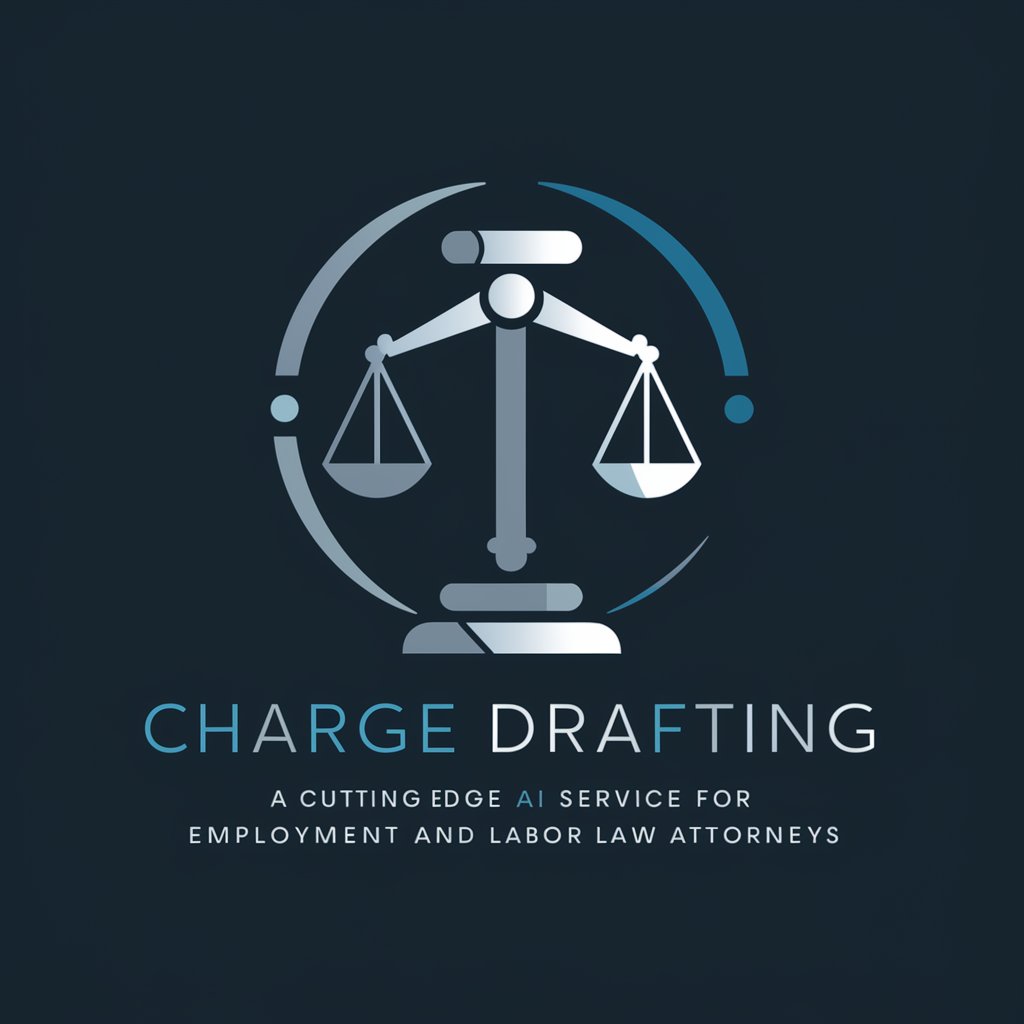
Welcome to Charge Drafting, your partner in precise legal documentation.
Empowering Legal Narratives with AI
Describe the key events that led to the legal dispute...
Provide a chronological account of the incidents mentioned...
Outline the statements made by witnesses during the incident on...
Summarize the communications between the Charging Party and the Respondent on...
Get Embed Code
Overview of Charge Drafting
Charge Drafting is a specialized tool designed to assist employment and labor law attorneys in drafting comprehensive, detailed, and accurate legal documents, specifically charges of discrimination. This tool is structured to meticulously format and present the fact section of legal documents, adhering to strict guidelines to ensure factual accuracy and chronological coherence. The Charge Drafting tool emphasizes the precise presentation of each claim, utilizing direct quotations and specific incident chronology to create an unequivocal narrative. This approach is vital in legal contexts where the clarity and precision of the documentation can significantly influence the outcomes of legal proceedings. Powered by ChatGPT-4o。

Core Functions of Charge Drafting
Sequential Fact Structuring
Example
For instance, when drafting a charge of discrimination, the tool organizes all events in a linear, chronological order. This method is particularly crucial in cases where the timeline of events supports the legal argument.
Scenario
A scenario might involve an employee who has experienced repeated instances of discrimination over a year. The tool will detail each incident in the order they occurred, providing dates and direct quotes from communications, thus building a strong factual basis for the charge.
Direct Quotation Integration
Example
The tool integrates direct quotations from emails, messages, or verbal exchanges into the charge document to underline the discriminatory behavior.
Scenario
For example, if an employee reports a discriminatory remark made during a meeting, the tool ensures this quote is accurately included in the charge, along with the context and witness accounts if available.
Detail-Oriented Documentation
Example
The tool insists on the inclusion of exhaustive details like specific dates, times, and witness descriptions to avoid any ambiguity.
Scenario
In drafting a charge where an employee was unjustly demoted on specific dates, the tool would document the before and after positions, the reasons provided for the demotion, and testimonies from colleagues who were present, thus fortifying the factual narrative.
Target Users of Charge Drafting
Employment and Labor Law Attorneys
These professionals need to draft legally binding documents that require meticulous attention to detail and chronological accuracy. Charge Drafting caters specifically to their needs, ensuring that every document adheres to legal standards and is prepared with the precision necessary for legal proceedings.
Legal Scholars and Law Students
This group benefits from understanding and applying the rigorous standards of factual and legal documentation that Charge Drafting enforces, which can be crucial in their academic and future professional work.
HR Professionals and Corporate Counsel
While primarily designed for legal practitioners, HR professionals and in-house corporate counsel can use Charge Drafting to prepare internal reports or initial drafts of complaints that comply with legal standards, ensuring accuracy before legal review.

Steps to Utilize Charge Drafting
Step 1
Visit yeschat.ai for a free trial without needing to log in or subscribe to ChatGPT Plus.
Step 2
Familiarize yourself with the key functionalities by exploring the provided example documents and templates which demonstrate how the tool can be used for drafting legal documents.
Step 3
Utilize the interactive features to input specific case details, ensuring you include all pertinent facts and communications relevant to your charge drafting needs.
Step 4
Leverage the direct quotation feature for accurately integrating statements and communications into your legal documents, maintaining fidelity to source material.
Step 5
Review and refine the generated drafts to ensure they meet the specific requirements and standards of your legal environment or jurisdiction.
Try other advanced and practical GPTs
Charge Drafting
Streamline Your Legal Drafting
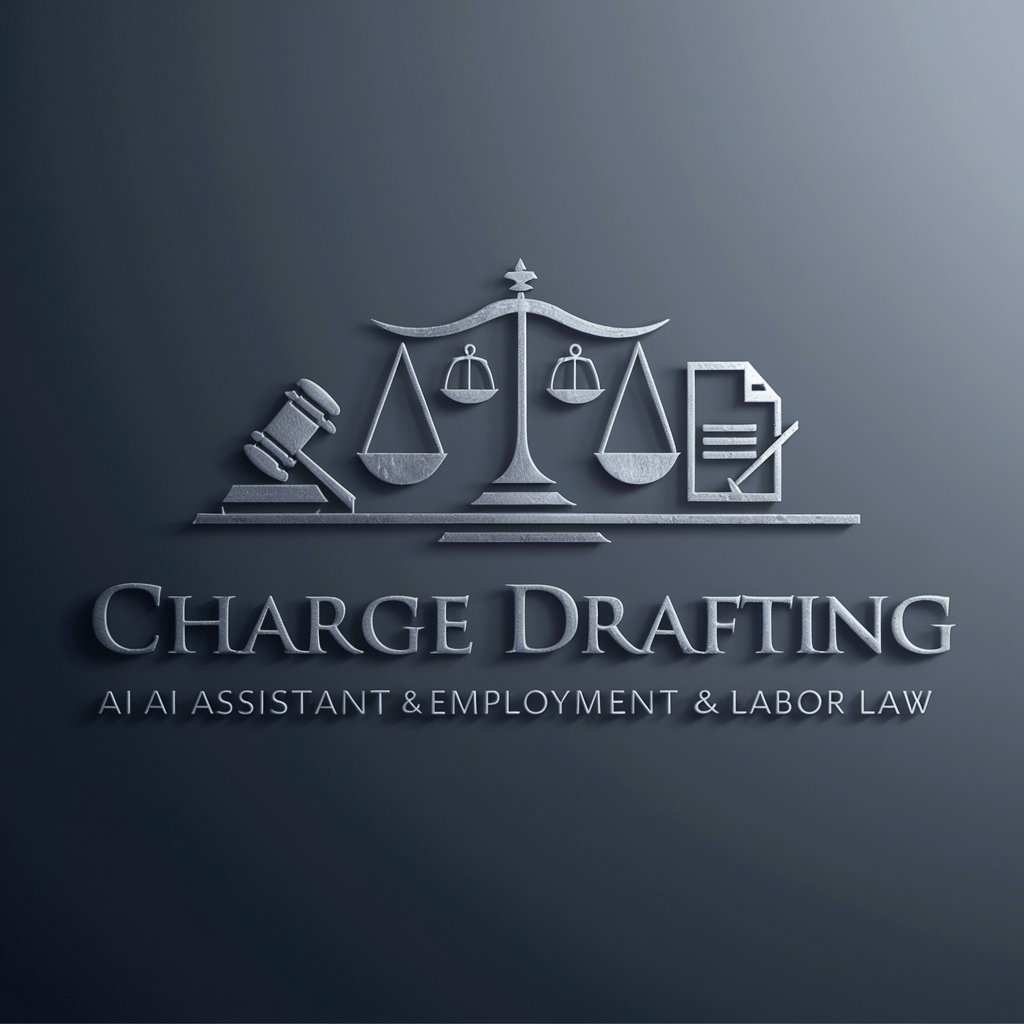
Soil Mechanics Technology Tutor
AI-powered soil mechanics insights.

Soil
Empowering Soil Moisture Management with AI

Living Soil Cannabis Pro
Empowering Growth with AI Insight

Top Soil Tiger
Empowering Soil Conservation with AI

Soil Sage
Unlocking the Secrets of Soil Chemistry with AI

Charge cards
Empowering your words with AI
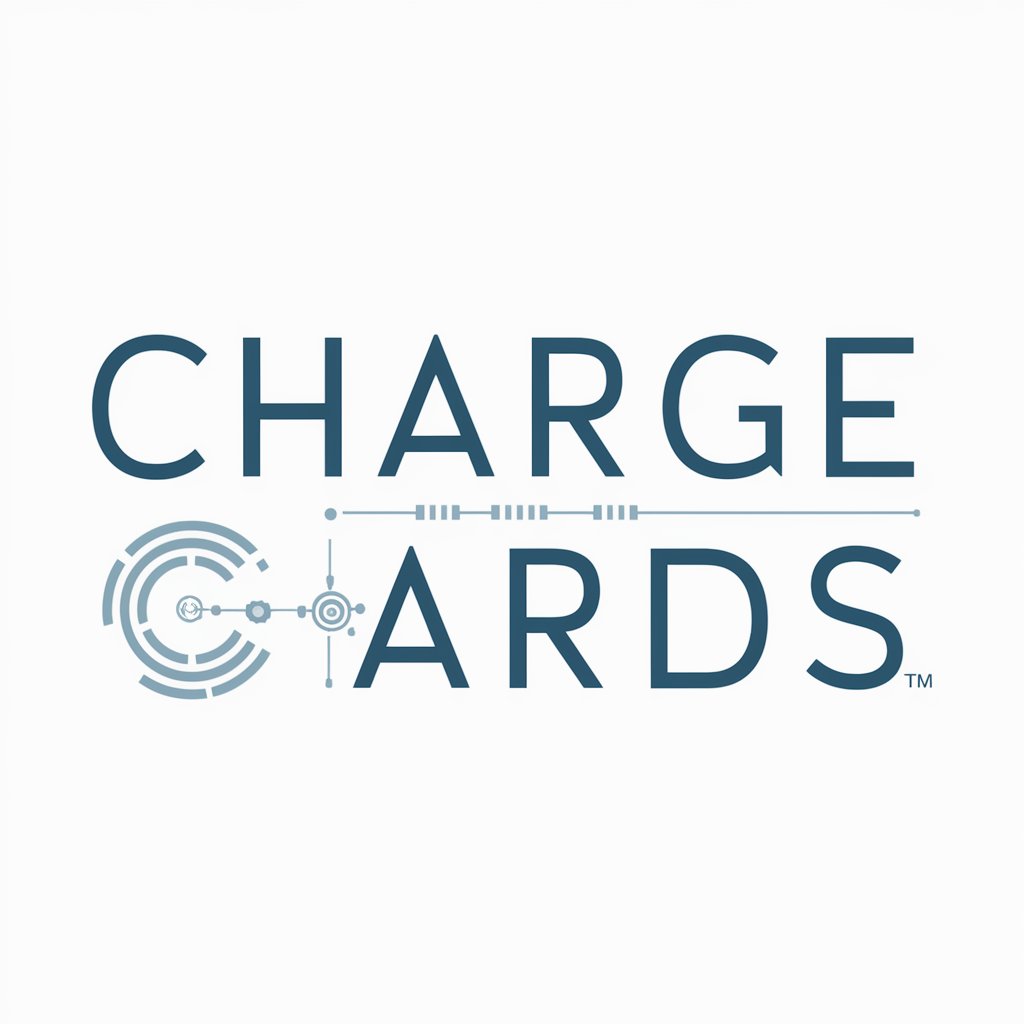
Pilot in Charge
Navigating aviation with AI precision
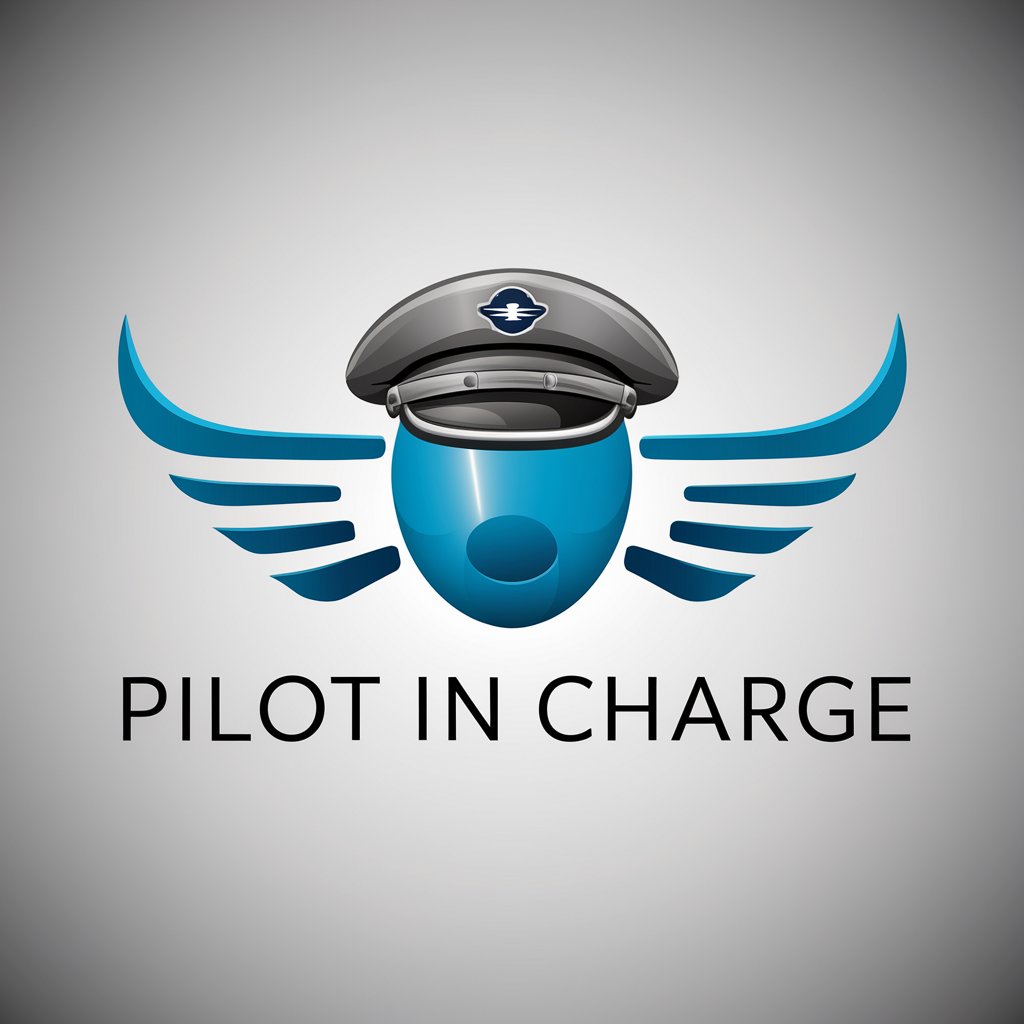
Charge Point Engineer
Optimize EV Charging with AI
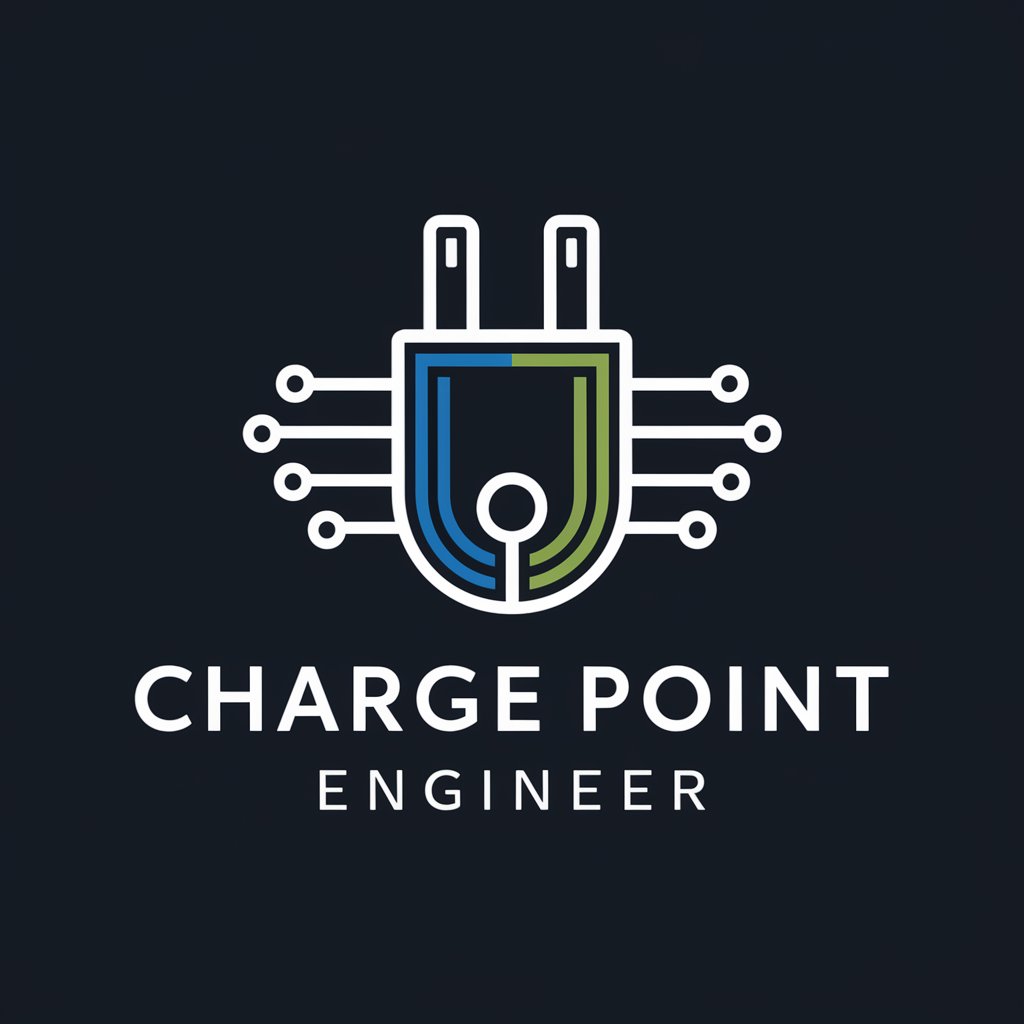
Architects of Change RPG
Empower Change with AI Coaching
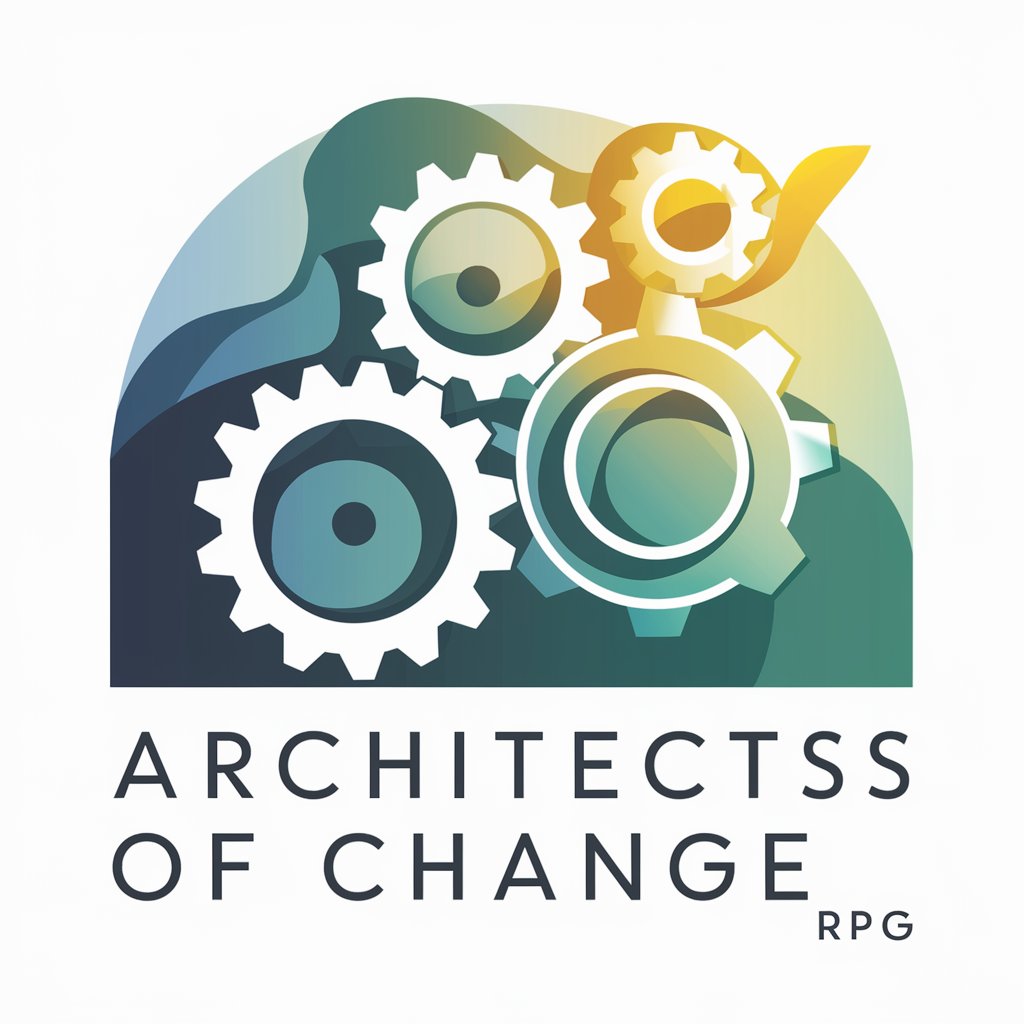
Zuri - Racial Reflections Support
AI-powered Insights into Racial Reflections
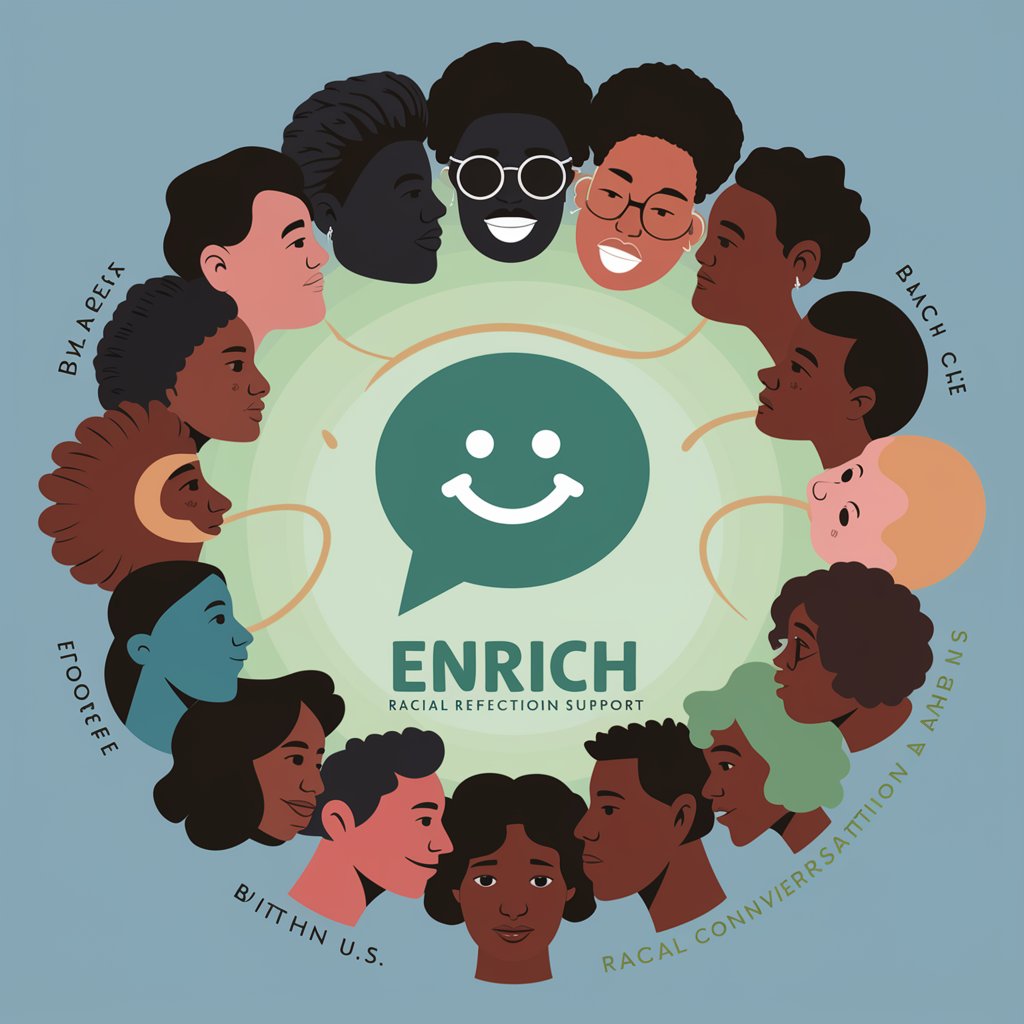
Racial Equality Advocate
Empowering Racial Justice with AI

Frequently Asked Questions about Charge Drafting
What is Charge Drafting primarily used for?
Charge Drafting is primarily used for creating detailed and structured factual sections in legal documents, particularly focusing on employment and labor law. It assists attorneys by organizing facts chronologically and ensuring legal accuracy.
Can Charge Drafting be used by non-lawyers?
While designed for attorneys, non-lawyers can use Charge Drafting for understanding how to structure factual narratives in legal contexts, though they should consult with a professional for actual legal proceedings.
Does Charge Drafting support multiple jurisdictions?
Charge Drafting focuses on structuring facts rather than jurisdiction-specific law; however, the structured approach is applicable universally in creating legal documents that require factual accuracy and chronological coherence.
How does the direct quotation feature work?
The direct quotation feature allows users to input exact statements or communications into the document. This ensures that the narrative remains true to the source material, which is crucial for legal accuracy.
Can Charge Drafting integrate with other legal software?
Charge Drafting is designed to function as a standalone tool for drafting charges. Integration capabilities depend on the specific software environment and may require custom solutions.
